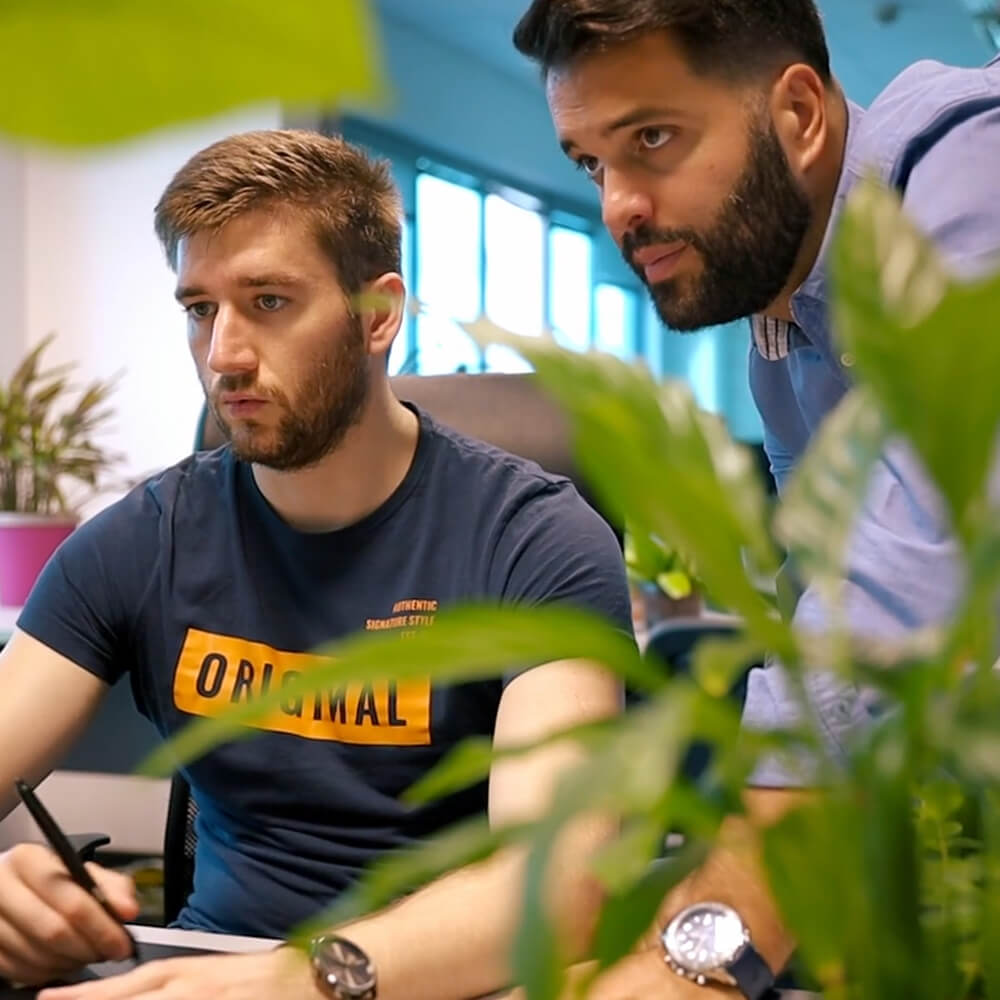When research is not an option for the budget because of the lack of time or resources, it should still be completed in the following manner. Looking for current business, user, and competitor data (competitor analysis) will help lowering the risk of creating a product that the customer does not want to use. Best practices, benchmarking, and team’s own expertise can help define the project more clearly. The only “wrong” data is no data at all.
If the discovery phase is skipped there is a high probability that personal assumptions about other people’s needs and preferences do not correspond with reality.
Nobody wants to make an ambiguous design, but a design based on real data. That is why it is essential to conduct UX research verifying or denying our assumptions. UX is all about the user, hence the name USER experience. The product needs to be usable and later desirable by the user.
The more you talk to users, the possibility of end product being better get proportionally higher. By doing research, you avoid wasting people’s time. Doing research also increases the chances that the user will have a great user experience.
With research, it is possible to:
- Save time (and resources) for changes later in the product development process;
- Reduce the risk that the product will not fulfill its goals and will not survive on the market.
- Answer the question: How do you know it will work?
- Have a full understanding among the entire team of what, for whom, and how we want to develop the final product.


